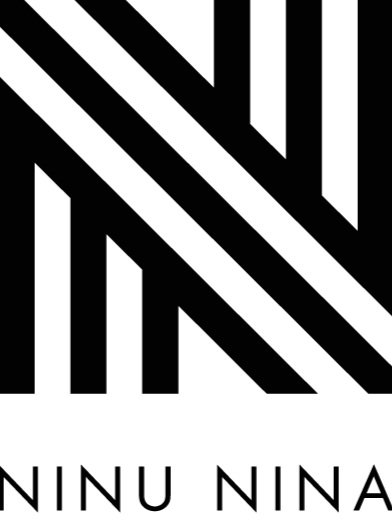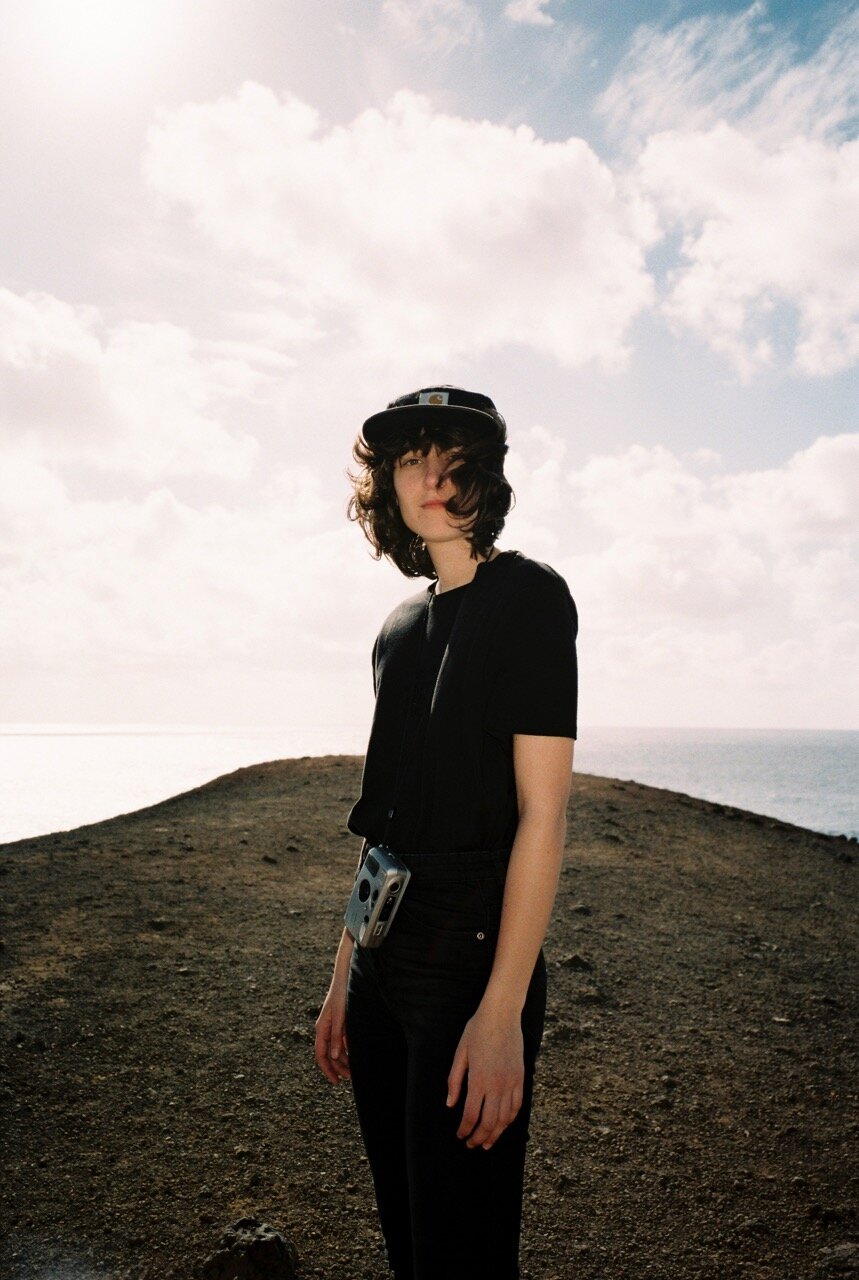FINDING HUMOR IN CONFLICT AND CONFLICT IN HUMOR
Today we interview artist Scott Abrams
who incorporates nonsense and randomness into abstract mixed-media paintings in order to explore our relationships with iconography and language.
Some of his early work incorporates objects—like bow ties, socks, children’s toys, etc.—onto canvas, resulting in a multimedia presentation. In the past year, however, he began drawing, while also adding oil and acrylic paint, pastel crayon and pastel chalk onto canvas. He jams his analytical circuit and lets his imagination wander. The result is an idiosyncratic world of pseudo-animals and quirky scenes, strange, humorous and playful, meshed from ideas and feelings.
Hey Scott, tell us a bit more about you.
I currently live and work in Fort Lauderdale, Florida. My highlights have mostly been when I draw a pair of feet that I like. My process has changed a lot over the past eighteen months. I began from a cornerstone of words, but I’ve moved off that almost completely. The search for something funny, however, something that makes me laugh, or at least chuckle, has remained continuous. Using images to convey that sensibility became the challenge. A lot of my work in the past year has been the process of gaining confidence. Also the hunt for clarity. Things must live or die in the light.
Your greatest inspirations or influences?
I began with a strong background in literature and history and I draw from that. In addition, I have a decent grasp of art history, a basic notion of where artists have been. In the past year, however, I began to really focus on contemporary, mostly emerging, artists. I like abstract work—Jenny Brosinski is great, for instance—but I’m not an abstract artist, so my focus has mostly been on figurative painters.
A few that I like? Noa Ironic, Dani Leder, Brittany Tucker, Drew Dodge, Charlie Billingham (no longer emerging), Olivia Sterling, Lydia Blakely, Ricardo Passaporte, Hillary Doyle… Honestly, there are so many incredible artists.
Tell us a bit about your creative process?
The entirety of my practice now stems from drawing. A recent breakthrough came when I read the phrase: Realize Your Idea. This phrase sits on my desk now. I won’t obscure my work. In many ways this is scary, but the work I admire—like it or not, simple or complex—it’s essentially clear.
How has this year changed your creativity or how you see the world changing moving forward?
I spent most of the last year focused on getting images into sketch books, painting, and experimenting on canvas. One thing that changed was my own view of what was artistically important. I was originally titillated by the idea of having an art career. Now I try to stay focused on getting the stuff down the best I can, on adding something new to my modest repertoire. Can I draw arms? Make a chick-like creature? Use matte paint?
Who do you consider to be an icon of our time?
The list of artists whom I consider to be strong and impactful would be very, very long. I’ve mentioned a few of them above. To be honest, I don’t generally think in terms of icons. Many artists are good at many different things. Just as many people are good at many different things. It seems unfair to try to find the Michael Jordan or LeBron James of the art world.
Do you think the art world needs to change, and if so how can it be improved?
Part of the problem—if there is a problem—is the art world is a business, but a weird business where the talent is trying to do something not exactly business. A similar conflict exists in the acting world. Acting can be transcendent and wonderful, but making movies probably not so much. The other problem is the somewhat obscene gulf in the value of the work of the art stars compared to the rest of the ecosphere. In fairness, this problem exists in many fields. It’s an issue of capitalism, not the art world.
What does wellbeing mean to you?
It means spending each day trying to do the things you want to do, being surrounded by people you enjoy, finding challenges that help you grow, avoiding unnecessary stress. Trying to make art is great and super fun, but I also like doing business, traveling, listening to my kids in the background, and talking to my wife.
How important is humor in your work? Is it something you seek out or is it the byproduct of your process?
Humor is very important in my work. I hope to make things that are funny, or at least funny-ish, but it’s not something that I seek out—I’m not sure you can—it’s more a sensibility that seeps into the work, a byproduct of the process.
Your paintings seem like worlds unto themselves. How would you describe them?
Funny, lyrical, silly, colorful, nonsense with noses and feet—any of these terms would be fine.
Website: www.scott-abrams.com
Instagram: @scottabramsart





